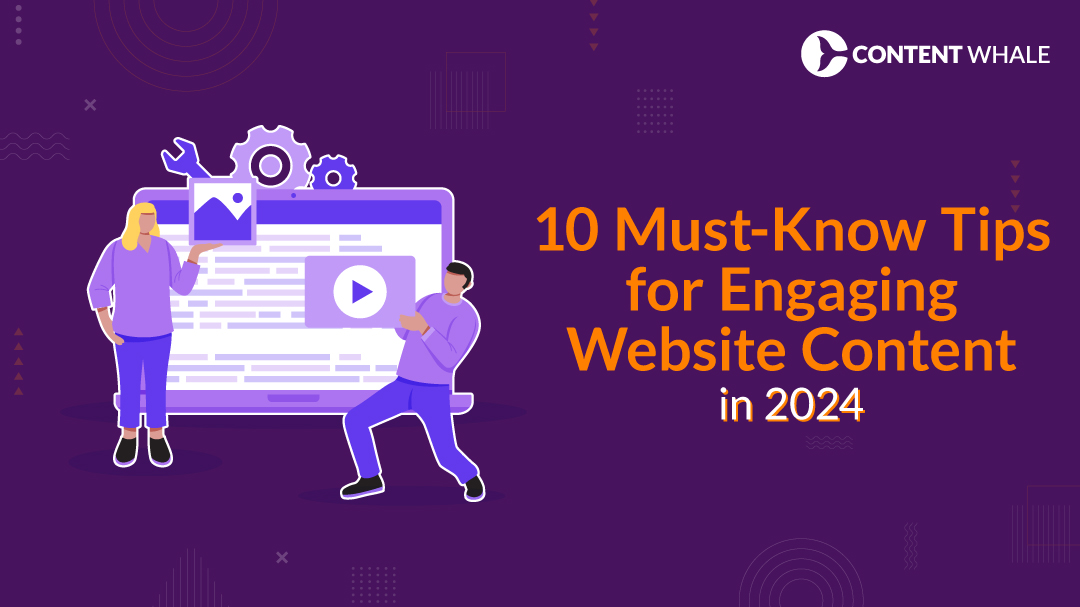Is your website content working as hard as you are? A content audit can reveal its true potential. So, how do you unlock this hidden ability?
Enter the content audit: A content audit is a comprehensive analysis that helps you understand the effectiveness and relevance of your website content. This process involves taking stock of your existing content, evaluating its performance, and identifying areas for improvement. By conducting regular content audits, you can ensure your website remains fresh, informative, and optimized for search engines, potentially increasing your chances of landing in featured snippets — those coveted summaries displayed directly in search results.
This guide will equip you with the knowledge and free tools to conduct a powerful website content audit and optimize your online presence, all on a budget.
Why Do You Need a Content Audit?
Performing a regular content audit offers several benefits:
- Identify outdated information: Content that doesn’t reflect your brand’s current message or industry trends can hurt your credibility.
- Discover hidden gems: You might find high-performing content that can be repurposed into new formats, reaching a wider audience.
- Improve SEO ranking: By identifying SEO weaknesses like broken links and missing meta descriptions, you can improve search engine visibility.
- Drive conversions: By analyzing user engagement with your content, you can make informed decisions to optimize content for better conversions.
- Inform future content strategy: Understand what resonates with your audience and identify content gaps to streamline future content creation.
Tools of the Trade: Free Content Audit Arsenal
While paid tools offer advanced features, several free options are available to perform a comprehensive SEO content audit:
1. Google Analytics: This free analytics platform provides valuable insights into user behavior on your website. Analyze metrics like page views, bounce rate, and average session duration to identify content that resonates and discover pages needing improvement.
2. Google Search Console: Get insights into how your website appears in search results. Use the “Search Queries” report to understand what users search for on your site and identify opportunities to optimize existing content or create new content targeting relevant keywords.
3. Screaming Frog (Free version limited to 500 URLs): This desktop software crawls your website, identifying basic SEO issues like broken links, missing meta descriptions, and duplicate content. The free version is sufficient for smaller websites.
4. Google Sheets/Microsoft Excel: These spreadsheet programs are your free content inventory tools. Create a spreadsheet to list all your website content, including URLs, titles, publication dates, categories, and any relevant metrics.
5. Free SEO Checkers: Several online tools offer basic SEO analysis, identifying on-page issues like missing H1 tags, improper image alt text, and slow loading speed. These can help you identify areas needing improvement from an SEO perspective.
The Content Audit Checklist: A Step-by-Step Guide
Ready to dive in? Here’s your free content audit roadmap:
Step 1: Gather Your Content
- Use Google Search Console to create a sitemap or manually crawl your website to compile a comprehensive list of all your URLs.
- Paste this list into your chosen spreadsheet (Google Sheets or Excel) to create your content inventory.
Step 2: Analyze Performance and Relevance
- Leverage Google Analytics: Analyze key metrics like page views, bounce rate, and average session duration for each page. Identify pages with low engagement, high bounce rates, or outdated information.
- Check Google Search Console: Analyze which pages are ranking for relevant keywords and see which pages have dropped in ranking. This helps identify content needing optimization for better SEO.
- Evaluate content relevance: Ask yourself: Does this content still align with my brand’s message and target audience? Is the information accurate and up-to-date?
Step 3: Utilize Free Content Audit Tools
- Run a free SEO check: Use online tools to highlight common on-page SEO issues like missing meta descriptions, broken links, and slow loading speeds.
- Utilize Screaming Frog (limited version): Crawl your website and identify basic technical SEO issues like broken links and missing meta descriptions.
Step 4: Categorize and Prioritize
- Categorise content: Based on your analysis, categorize your content into different buckets: “Keep”, “Update”, “Merge”, “Expand”, or “Remove”.
- Prioritize actions: Prioritize which content needs immediate attention based on factors like audience engagement, SEO ranking potential, and business goals.
Step 5: Take Action and Document
- Develop a plan of action: Outline specific tasks for each piece of content you identified for improvement. This may involve updating information, optimizing for SEO, merging similar content, expanding valuable content, or removing outdated content.
- Document your progress: Keep track of the changes you make and monitor the impact on your website’s performance. This helps you understand what works and allows you to refine your content strategy going forward.
Bonus Tip: Utilize Free Content Audit Templates
Several websites offer free downloadable website content audit checklists and templates. This one by WordStream is one that we like and have used in the past to run content audits for our websites as well as our clients:
https://docs.google.com/spreadsheets/d/1-CYG65qX_Sj9fFjFPaaO0UUybsfFXCUDihOimv4ZP5Y
These can help you streamline the process and ensure you haven’t missed any crucial aspects. Here are the included sections from the Wordstream template:
• Page Type: Blog post, landing page, product page, etc.
• Page Title: Main heading displayed on the page.
• Subtitle: Secondary heading providing additional context.
• URL: The unique web address of the page.
• Meta Title: Title displayed in search engine results.
• Meta Description: A brief summary of the page content displayed in search results.
• Traffic (past 30 days): Number of visitors to the page in the last 30 days.
• Links Work?: Check if all internal and external links function properly.
• CTA?: Check if a clear call to action is present (e.g., “Buy Now”, “Sign Up”).
• Images OK?: Evaluate image quality, relevance, and optimization.
• Info Accurate?: Verifies if the information is current and up-to-date.
• Any Popups?: Checks for the presence and relevance of popups.
• Anything Distracting Or Offputting?: Identifies any elements that hinder user experience.
• How Can We Make It Better?: Suggestions for improvement (e.g., update content, add visuals).
• On-Brand?: Ensures the content aligns with brand voice and messaging.
• Spelling And Grammar: Checks for any errors in writing.
• Action Needed: Categorizes content as “Keep”, “Update”, “Remove”, etc.
• Notes: Additional observations or specific details about the page.
• Links To Other Brands That Do It Well: References to successful examples in the same industry.
Take Control of Your Content (or Let Us Help!)
Regular content audits offer invaluable insights into your website’s performance. By utilizing the free tools and strategies outlined above, you can identify opportunities to optimize your content for better engagement, SEO ranking, and conversions. Remember, a well-maintained website with high-quality, relevant content attracts new audiences, drives business growth, and ultimately enhances your online presence.
But what if you don’t have the time or resources to tackle a DIY content audit? Don’t worry; Content Whale is here to help! We offer comprehensive content audit services, analyzing your website’s content and providing actionable recommendations. Being one of the best SEO content writing companies, we also provide strategic SEO services.
We can even help you implement these recommendations, whether it’s updating existing content, creating new content, or making adjustments to ensure your website aligns perfectly with your brand.
Take back control of your content strategy and let Content Whale handle the heavy lifting. Contact us today for a free consultation and discover how we can help you achieve content clarity and peace of mind.





